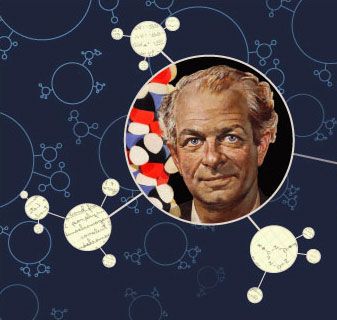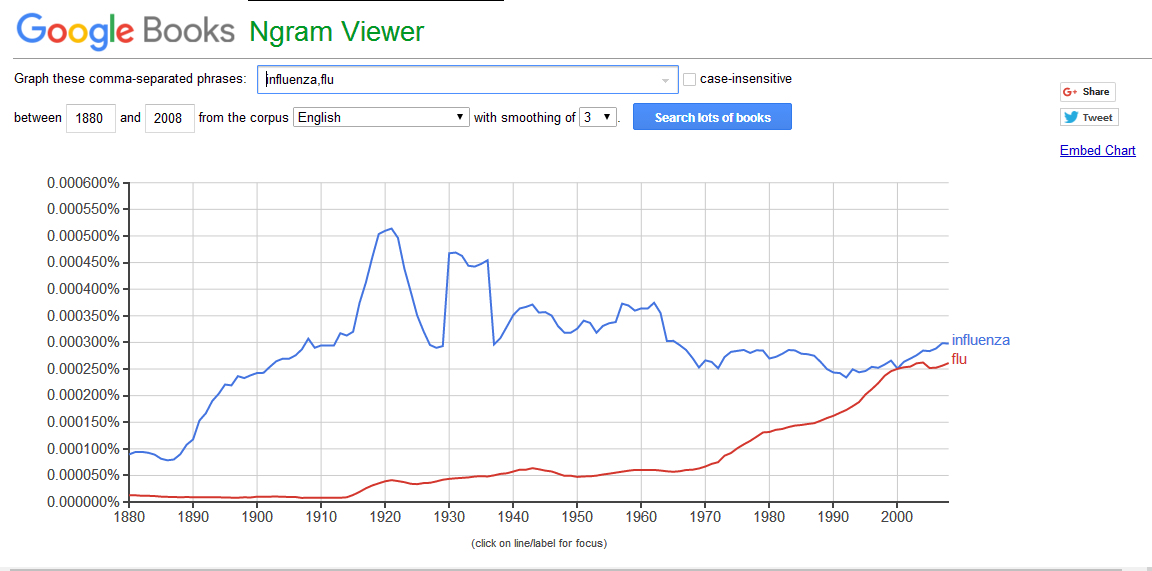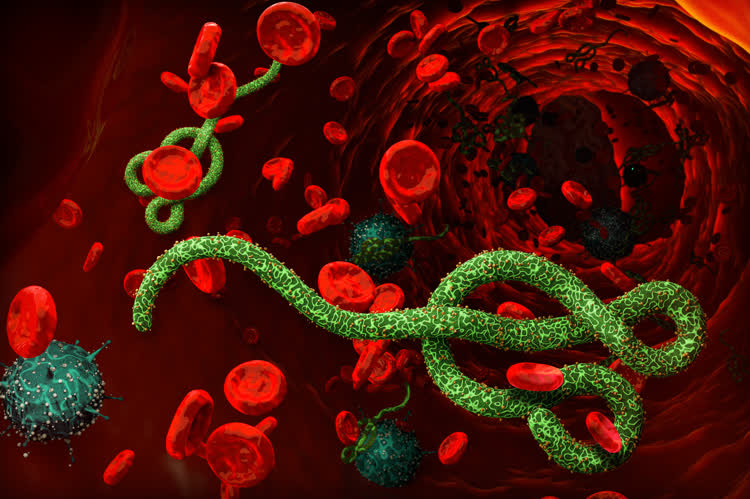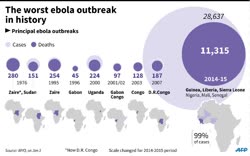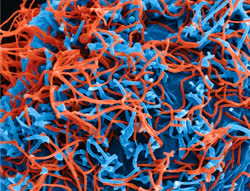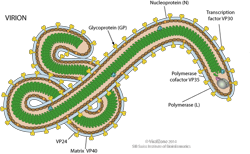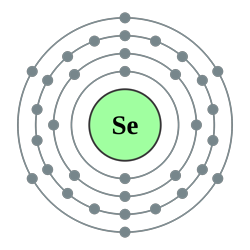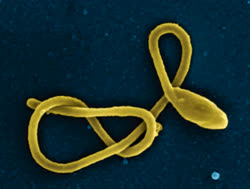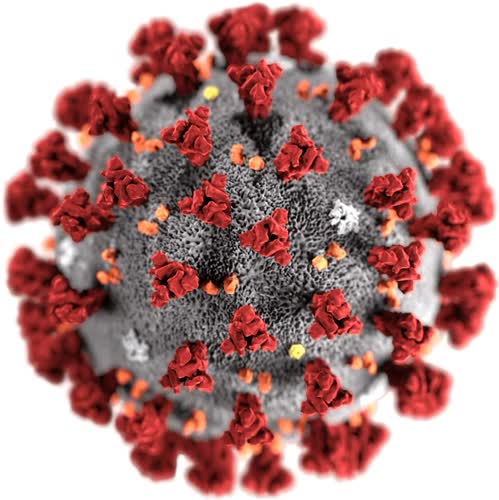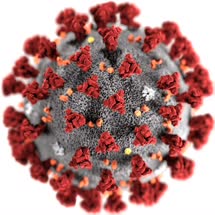|
Purpose Science knows more than medicine lets on and this is because of economic and not scientific reasons. |
|
Explained in 2007 with Foster's work. It took us a long time to figure out what HIV even was and what it's relationship to AIDS was and how did it disable the immune system. We know the answers to these questions now. HIV is a virus that over time decreases the efficiency of the immune system. It does this by taking from the body the element it needs to crack out new viruses like a factory (unlike other virus that invade a cell, replicate and burst) leaving the host deficient in all the things the virus took from it. The key ones here are Glutamine, Tryptophan, Cysteine and Selenium. |
|
Explained in 2007 by Foster's work. Upon infection and because it encodes for them, the HIV organism begins slowly stripping the body of: selenium, cysteine, glutamine and tryptophan.
|
|
Explained in 2007 by Burke & Potter's discovery of Salvestrols There are chemicals in food that we have to eat or else we die, we know these as "vitamins" when taken in small doses. But there's one discovered in 2007 that occurs in much produce but the plant only makes this essential family of chemicals called "Salvestrols" in response to mold. So when we spray, we downregulate the mold and the plant makes up to 90% less of the stuff that out body needs to kill cancer naturally by activating gene P53 to selectively target those CYP1B1 containing cells that are cancerous. |
|
How to stop losing the war on flu: Explained in the 1940s by Cathcart and Klenner - "as seen on TV" - Ref In August of 2010 a man lying dying in a hospital bed of swine flu in coma. The doctors advised the family to turn off life support he wasn't expected to live. The family listed on intravenous vitamin C and he got better and is around today. 75 years of research into this was not for nothing. The law has been changed now in that country and intravenous C is now a registered drug there. If you take a lot of C during a flu, and I mean a lot, then you're chances of dying are far far less.
When people die of flu they die of oxidative stress. You can call it that, or the "chi" (Qi) of Chinese medicine or "the spirit gets weak" and it's all the same thing, your body is experiencing a biochemical reaction - specifically electron loss at a rate greater than it's ability to replace them - this is the definition of "oxidative stress". If this continues the heart eventually stops. Put the electrons back and it slows or reverses the process depending on dosage.
|
|
"A cold" is a symptom not a disease. We'd like to think there is a single cold virus but there is no such thing. There is one called Rhinovirus but many viruses can priduce the same symptoms. You can get a cold from an influenza virus. You can get a cold from Ebola (Reston strain) or Polio or from about 200 different viruses.
|
|
Two Brazil nuts a day stops this. Here's how. (Note: I had the pleasure of explaining this to the US NIH in the third week of October 2014. Please note on the IEEE graphs what happened to the disease at that point, specifically the R0 factor - RJS) Observations of the selenovirus EBOV family pertaining to the 2104 outbreak in West Africa Filoviruses, which include HIV and Ebov encode for a human homologue of the lipid peroxidase protectant glutathione peroxidase ("GPx3") which is implicated in at least 18 places in the immune system. To manufacture this requires the use of a selenium containing catalyst - selenocysteine. Thus the virus which also encodes for a very similar chemical to GPx3 strips the body of selenium. In HIV this takes a decade and explains AIDS. Ebola can do it in a day. If you supplement with Se the virus and your immune system both have enough, you don't get sick in fact you don't even get the sniffles and the immune system kills it and you never knew you were sick. That is it acts like the Reston strain from the Philippines that is not harmful. Only the African selenium containing versions are highly pathogenic. This has to be what keeps the Baku people in Gabon alive. We found this out because there's a tribe in Gabon, the Baku, that have a natural immunity to the disease because they live in the coastal forest and eat Gabon nuts, the African equivalent of the Brazil nut and these contain more selenium than any food known. This immunity has been known to science since the fist Ebola outbreak in 1976. By 2007 (Foster) we knew the virus out compete us for selenium which it encodes for and by 2015 we knew serum selenium prevents the virus from being able to penetrate the cellular membrane and bby this mechanism as well, Selenium is the magic bullet against not only Filoviruses such as Ebola and Marburg but all highly pathogenic viruses that have an envelope. (Lipinski 2015).
One Brazil nut a day will prevent Ebola. Two will cure it. |
|
Niacin, B6, C, Zn - Hoffer The number of brain illnesses not cured by appropriate doses of substances already in the body are near zero. (Pauling, Hoffer, Horrobin, Foster). The deficiency diseases of the brain can be thought of as brain scurvy. Even C scurvy alone accounts for 20% of the admissions to London Hospital for Schizophrenia. (Horrobin 1983)
|
|
Coronaviruses These rage from mild viruses that give us a cold, to more dangerous ones like SARS and 2019-nCoV (Now:COVID-19) that have around a 4% lethality rate all the way to MERS that, like Marburg, has a 50% lethality rate. In February 2020 COVIC-19 had already killed more people than SARS. |
|
Basic Biochemistry Quick Reference Guide
|
